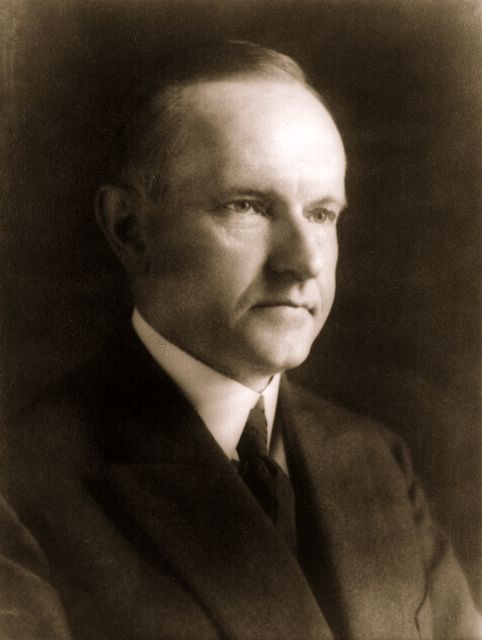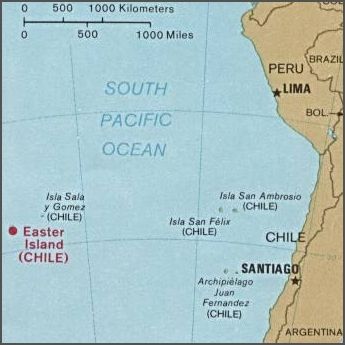Cool Monday

Coolidge for President!
I liked Reagan alright, but I wouldn't say he was truly conservative. To find a truly conservative president, you have to journey all the way back to the 1920s. And no, I'm not talking about Hoover. Not at all. The man was far too arrogant about his abilities to be a true conservative. A true conservative knows there are oceans of unknowability and that things are best left to themselves. That wasn't Hoover.
But it was Coolidge. The more I read about him, the more I like him. Amity Shlaes' column in the current issue of Forbes gives me further reason to like Coolidge.
Shlaes writes about the year 1919: A radical year, with Bolsheviks on the march all over the world, including in America's union ranks. Coolidge was governor of Massachusetts, and the Boston police were laboring under horrible conditions. The police voted 1,134 to 2 to strike.
Trouble came the very evening the police walked off the job. Gangs busted windows in South Boston. In Roxbury someone sabotaged rail switches, causing a streetcar to derail. Banks and big companies felt compelled to organize private guards, and Harvard University's president, Abbott Lawrence Lowell, admonished students to "prepare themselves" for possible service to the city. In the days that followed the rioting continued, yet Governor Coolidge kept his distance, leaving Police Commissioner Edwin Curtis in charge. Some took this as a sign of gubernatorial weakness. Samuel Gompers, head of the AFL, offered a classic crisis compromise to Coolidge: Remove the unpopular Curtis, maybe raise pay and consider "the human side of the question," and Gompers would halt the strike.
But Coolidge did not remove Curtis. Instead, he backed up the commissioner when Curtis fired the policemen--forever. Insult was added to injury when the replacement policemen received wages higher than those the strikers had been paid. Two things, Governor Coolidge said, mattered: First was respecting the local authorities--protecting Boston, at least in the initial stage, was Commissioner Curtis' job, not the governor's; second was to draw a bright line defining what actions within the law public-sector workers are permitted when they have grievances. Coolidge drew that line, saying, "There is no right to strike against the public safety by anybody, anywhere, any time."
Coolidge's bright line reassured people: We were not like Europe or Russia; there was a limit to how far the left could go here. Massachusetts soon reelected Coolidge as governor. The GOP then made him its vice presidential candidate. When Warren Harding died, Calvin Coolidge became President. And in 1924 Americans voted to keep Coolidge in office. In the 1920s the American economy grew fast, and workers' wages rose. By the 1928 presidential election the Progressive movement had faded.
I think a guy like Coolidge would appeal to most of the middle class today. Unfortunately, he'd encounter huge obstacles in today's environment: lack of special interest group help and no core constituency, a hostile MSM, an elder class that would sniff social-security cutbacks . . . just to name a few. But a guy can dream, right? Republicans can dream about another Reagan. Me, I'll dream about another Silent Cal.
Cometh the Coneheads
The same issue of Forbes had the following piece by Christopher Buckley: A trip to Easter Island. I never knew Easter Island was in the eastern Pacific, near Chile. I figured it was out near Christmas Island in the South Pacific. Anyway, it's a nice little piece, but I found this particularly interesting:
Such is the magic of Easter Island, which was only slightly ruined for me on my return, when a publisher friend of mine revealed that Dan Aykroyd, then of Saturday Night Live, went to Easter Island in the 1970s, accompanied by a writer friend from the show. They dropped acid and, inspired by the moai, came up with the notion for the Coneheads.

